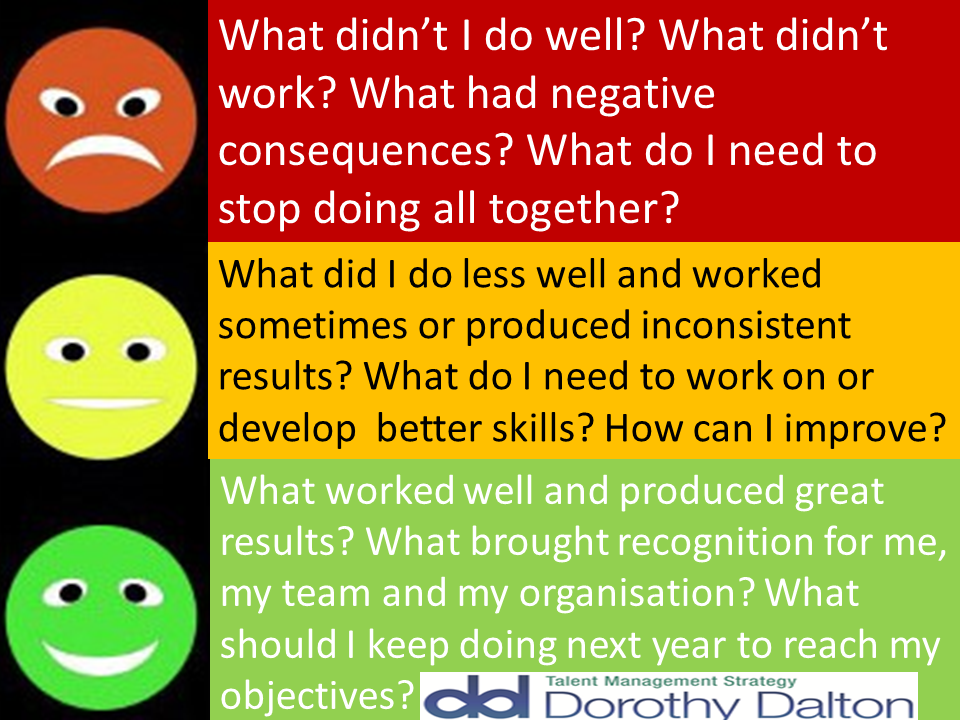In an era of fake news and general misinformation is it time to challenge the faux professional?
What is a faux professional?
One day last week I sat with a career transition client reviewing his activity since our last session. Let’s call him Bob. It seemed that Bob had gone off plan. When looking into the thinking behind this switch it transpired that he had started following some individuals on LinkedIn, some influential, others not and had heeded their advice. Some of their tips were fine, some were dubious and others were just barking mad for this particular individual at this stage in his career. And perhaps even for the population at large. But that’s just my opinion. This post from one particular individual had hundreds of comments, shares and likes, including Bob.
So I ask isn’t it time to talk about the faux professional and look at some facts?
Opinions not fact
The faux professional is someone who might be very experienced in their own sphere but on the basis of their success and popularity they venture into other fields. There is a tendency not to present opinions as such, but as a fact or a truth.
The advent of social media has created a whole new culture of people who can send out what are essentially opinions, rather than fact, to large audiences interested in job search, recruitment and the workplace in general. Very often this commentary is couched in click bait headlines which confuse the life out of readers. We live in a world of fake news where high profile figures spew out misinformation both intentionally and unintentionally and even outright lies. At one time we used to ask “whose opinion is it?” If the person had the necessary credibility we would probably accept it as being valid.
Today we perhaps need to ask “whose fact is it?”
Influencers have …..influence
Coming from so-called workplace and professional “Influencers” these nuggets carry additional weight for a very susceptible audience. Influencers have well… influence. Embedded in that role is influencer responsibility. if they stay in their own environment and specialism then it can be fine, but very often there is more than that at play. Cory Galbraith suggested in 2015 that people write and post for a number of reasons – to sell a product, enhance a reputation or ego, and some even to be genuinely helpful. What bothers me, is the level of information which is either inaccurate, wrong or an opinion shared as a truth. The number of likes or shares a post receives doesn’t make it truer.
Careers, the workplace and job seeking are a bit like having a life. Everyone usually has been there, done it and is more than willing to share their experiences, regardless of their knowledge level or qualifications. Even if they haven’t applied for a job in 20 years or worked in recruitment, sometimes ever, or dipped their toe into the trenches of a corporate environment in living memory! The search term “How to create a successful resume” produces 447 million resources in 0.57 of a Google second.
Factually incorrect
I see in my daily stream on social media, provocative headlines presumably to encourage debate or discussions. They frequently include the words always, never, only, must. They come in different forms of sophistication from basic LinkedIn posts, tweet’s with gifs, to hi-tech animated videos. Today I watched one such offering which suggested that we should never use the word “strategic” in our job search and described adverbs as potential “red flags” to recruiters. In more than 20 years in the business I can honestly say, I have NEVER, ever seen a raised eyebrow, heard a comment or encountered anyone being cut from a process for either. Can you imagine:
Hmmmm….This candidate uses the words successfully and strategic on LinkedIn – probably dodgy. Let’s move on.”
Nuance is unpopular
It just doesn’t happen. The person posting gets what Simon Sinek describes as the device addicted age dopamine hit of “likes” “shares” and increased followers. And what’s not to like about that? We all welcome an endorsement. The fact remains that being a cultural leader and influencer is almost a stand alone profession these days. It requires a lot of work and energy and comes with a high level of influencer responsibility, which is sometimes not exercised correctly. Frequently the activity is sub-contracted to a social media agency.
So although it goes against the grain for social media marketing to express a situation as heaven forbid being nuanced – maybe it’s now time for the faux professional to focus on their own field or cite a fact as an opinion.
Need executive search or research services? Get in touch now NOW


















